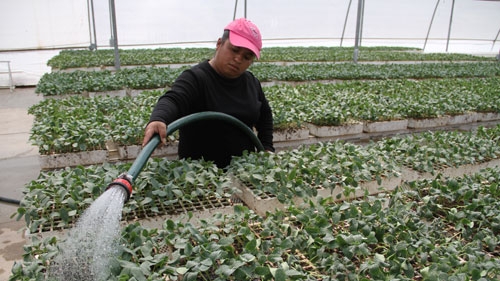Food security is consistently seen as one of the key challenges for the coming decades. To understand why, think about the following. By the year 2050, the world will need to produce enough food to feed more than 2 billion additional people, compared to the current 7.2 billion. Most of the population growth will be concentrated in developing countries, adding pressure to their development needs. To meet future food demand, agricultural production will need to increase by 50-70%, according to different estimates. And this will happen as the impacts of climate change are projected to intensify overall, particularly hitting the poorest and most vulnerable countries.
Increasing global food production will be just a part of the story. The other side is trade, or more precisely, ensuring that food exports from countries with a natural comparative advantage can increase and reach those most in need. In this context, a recent World Bank study takes a closer look at how Latin America and the Caribbean (LAC) can meet this global challenge – and concludes the region has a lot to say.
LAC: a potential food superpower?
Looking back at the past few decades, Latin America has done more than its share to contribute to global agricultural production and trade. While there are significant differences from country to country, the region is overall a net food exporter. Exports of agricultural products have grown at about 8% annually since the mid-90s, and now make up about a quarter of the region’s total exports – more than LAC’s share of any other sector in world trade. Latin America is also a bigger player at a global level: it now represents 13% of agricultural trade, up from 8% in the mid-90s.
The region is also well placed to scale up agricultural production and trade. Its sources of comparative advantage lie, among others, in its water and land resources. Latin America is home to about 28% of potential new arable land (second only to sub-Saharan Africa). And despite droughts and water scarcity in some sub-regions, it also holds the highest share of renewable water resources.
Another good sign is the increasing diversification of agricultural exports, both in terms of destination and type of products. Agricultural trade is shifting away from the EU and the US, the region’s traditional and crisis-hit partners. Instead, emerging and developing economies, including China, now make up 36% of LAC agricultural exports, just below the EU share. Experts note that diversification, along with strong public policies and crisis response mechanisms allow the region to better deal with the impact of fluctuating commodity prices in international markets.

